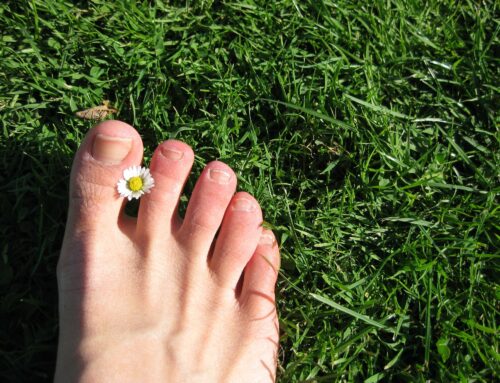How did toenail fungus get here? Toenail fungus also is known as onychomycosis. It is also extremely common, research suggests 2-3% of the population have had or will have an ingrown nail. The aging population makes up a large portion of those who have toenail fungus.
Symptoms of Toenail Fungus
The fungus destroys the nail as it spreads resulting in discoloration and thick nails that lift off the bed. The fungus is more common under the toenails for a few reasons. First, the nails on the toe grow much slower than fingernails, this gives the fungus more time to spread before the nail grows out.
In addition to this, the moist dark environment inside of shoes is ideal for fungal growth. Because foot fungus usually does not interfere with daily life treating it is considered a cosmetic procedure.
Therefore insurance companies will not pay to have foot fungus removed. On top of this, there are a variety of topical and oral drugs on the market claiming to “clear” the fungus.
Treatment Options
The downside to this is that most of them are not very effective in the long term. Many users report that the fungus returns after using these methods. In addition to this, oral drugs can poison the liver.
It is highly contagious, meaning it is very easy to spread the fungus to others. When dealing with toenail fungus it is still important to have the toenail/s treated by a professional.
Who to see for Toenail Fungus Infection
Podiatrists specialize in diseases of the feet and will be able to identify the exact type of fungus growing in the nail area. Now there is laser treatment available, most of the lasers require multiple treatments, but the PinPointe Laser usually only requires one.
Podiatrists are being trained to use this laser because it cuts down on the likelihood that the fungus will return. In a short single one-hour session, the podiatrist can start the process to a clearer nail. At the same time because they are a doctor they can prescribe the proper post-treatment plan to ensure the fungus never returns.
Laser Treatment for Toenail Fungus
As you can see, tips for healthy feet without nail fungus can be easy to find. Furthermore, if you have caught nail fungus, it can be easily treated using the FDA-approved PinPointe laser. It typically only takes on treatment. Other treatments like topical solutions and oral medication are not as effective. Topical solutions have a very low cure rate. This is because the solution does not penetrate all the way through the nail bed. This is because it can lead to liver toxicity. You would need to have consistent blood tests throughout the course of taking the medication.
Our nail doctor in Dallas, TX recommends this treatment for toenail fungus. The PinPointe Laser treatment has the highest cure rate in the market. It has no side effects and no recovery period. As a result, you can go about your daily activities right after the treatment. Also, there’s no pain. If you have any signs of nail fungus, call us at (800) 672-0625 at our Dallas, TX location. Visit our website for more information on our doctors at one of our over 150 locations.




